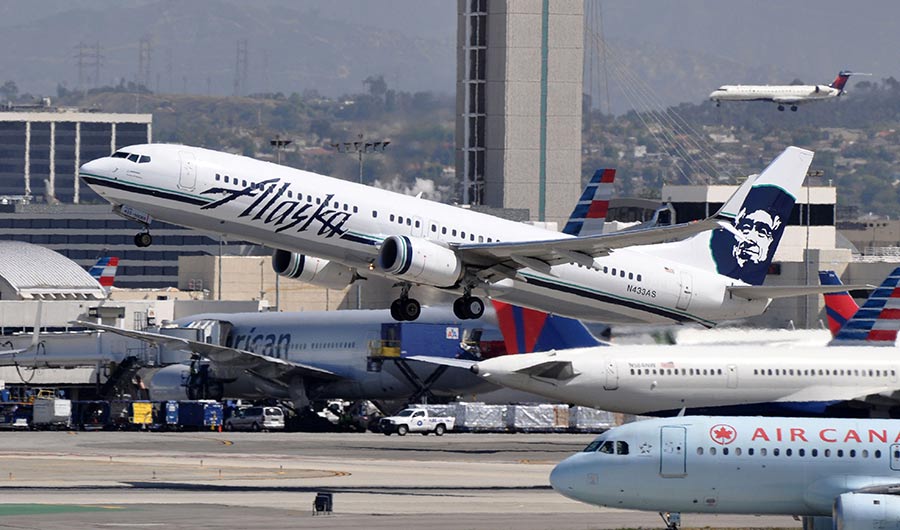BRIEF: Flying Green Not As Simple As It Seems
(Inside Science) -- For many, the holiday season means it’s time to catch a plane to visit friends and family. In other words, it’s the season for what may be one of our biggest climate sins.
Undeniably, air travel is a major contributor to greenhouse gas emissions. To minimize the carbon footprint of flying, it seems logical to choose the most direct route on the most modern aircraft. But this is not always the case, according to a study published in the December issue of Transportation Research Part D.
Stefan Baumeister, an economist at the University of Jyväskylä in Finland, compared the carbon emissions per kilometer, per passenger, on a full capacity flight for 68 different flight connections between three city pairs, all in April 2014. The city pairs were Los Angeles to San Fransisco, Los Angeles to New York, and Los Angeles to London, and they represented short-hail, medium-hail, and long-haul flights, respectively.
The direct flights and newest aircraft were not always the most efficient. For instance, a direct flight from Los Angeles to New York on the new American Airlines Airbus A321ER, which has half as many seats as it was originally designed to carry, has higher emissions per passenger than the same nondirect flight on the much older Delta Airlines McDonnell Douglas MD-88.
Even flights operated on the same aircraft can differ. A British Airways flight from Los Angeles to London on a Boeing 777-200 has higher emissions per passenger than the same flight a few hours later, on the same aircraft model, because the second flight has 50 additional seats.
Of all the flights examined, the ones with the lowest emissions per passenger were from Los Angeles to New York on the Airbus A321 operated by JetBlue and US Airways.
Baumeister's paper suggests that airlines should calculate this information for each flight and make it available for customers during booking. This, in turn, could cause a market-driven move toward more environmentally friendly air travel.


